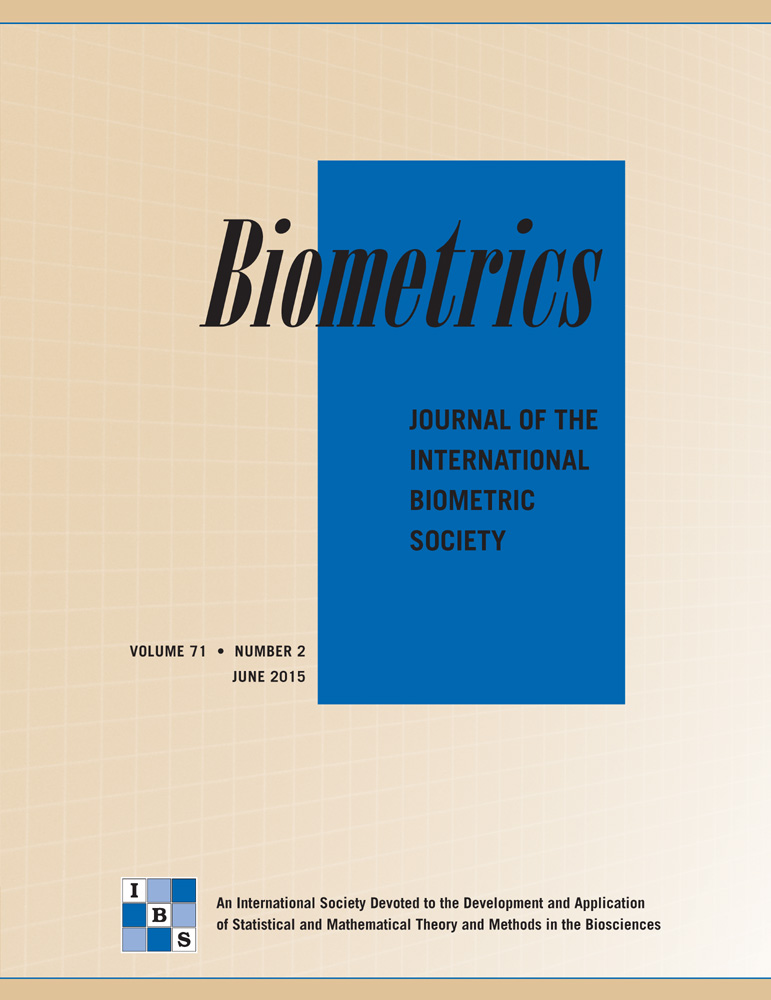Improving efficiency in clinical trials using auxiliary information: Application of a multi-state cure model
Summary
In clinical trials, an intermediate marker measured after randomization can often provide early information about the treatment effect on the final outcome of interest. We explore the use of recurrence time as an auxiliary variable for estimating the treatment effect on overall survival in phase three randomized trials of colon cancer. A multi-state model with an incorporated cured fraction for recurrence is used to jointly model time to recurrence and time to death. We explore different ways in which the information about recurrence time and the assumptions in the model can lead to improved efficiency. Estimates of overall survival and disease-free survival can be derived directly from the model with efficiency gains obtained as compared to Kaplan–Meier estimates. Alternatively, efficiency gains can be achieved by using the model in a weaker way in a multiple imputation procedure, which imputes death times for censored subjects. By using the joint model, recurrence is used as an auxiliary variable in predicting survival times. We demonstrate the potential use of the proposed methods in shortening the length of a trial and reducing sample sizes.




